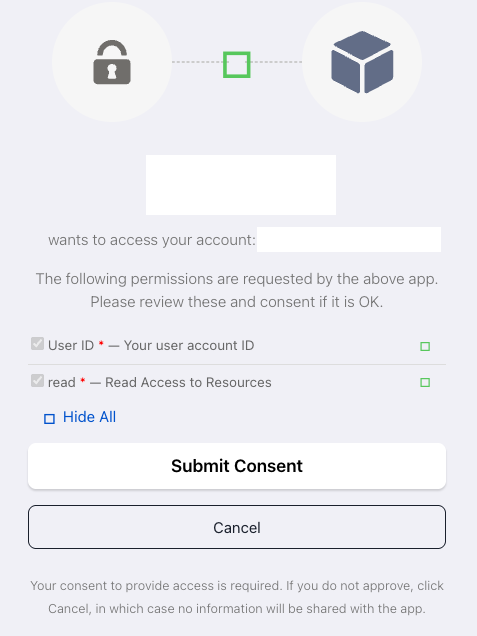Hi there! We have an integration with pagerduty that uses Classic User oAuth. We currently pass the “read” scope. When I try to pass the “write” scope it doesn’t take it. I can create an app with Classic User oAuth manually in the UI but somehow not through the workflow.
We use the github.com/PagerDuty/go-pagerduty library for this.
It currently calls the following URL: https://app.pagerduty.com/oauth/authorize?client_id=XYZ&response_type=code&redirect_uri=https://abc.com/callback&state=ABC&access_type=offline&prompt=consent&scope=read

If I change it to the following URL it just shows User ID. I would expect it to show write scope in there.
I also tried using https://identity.pagerduty.com/oauth/authorize URL but no luck.
